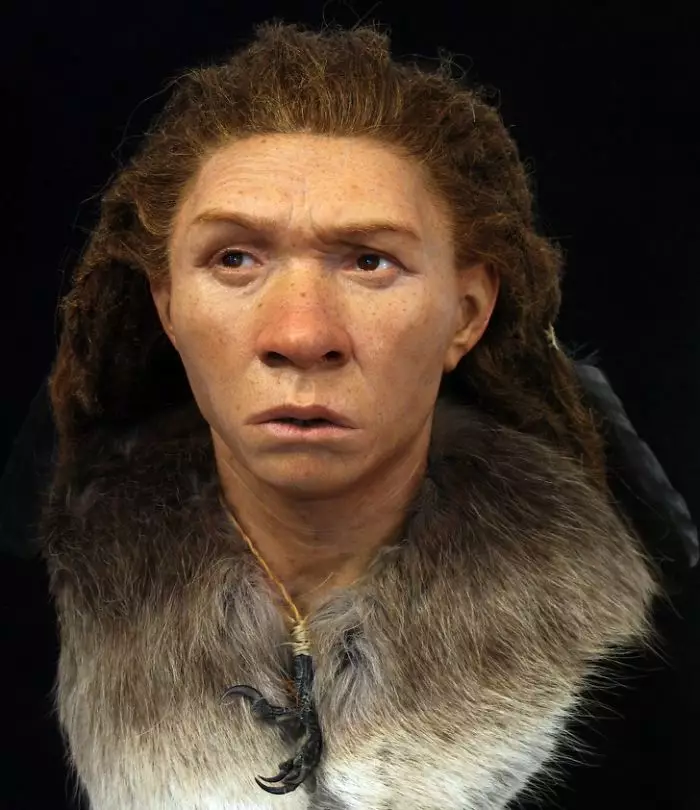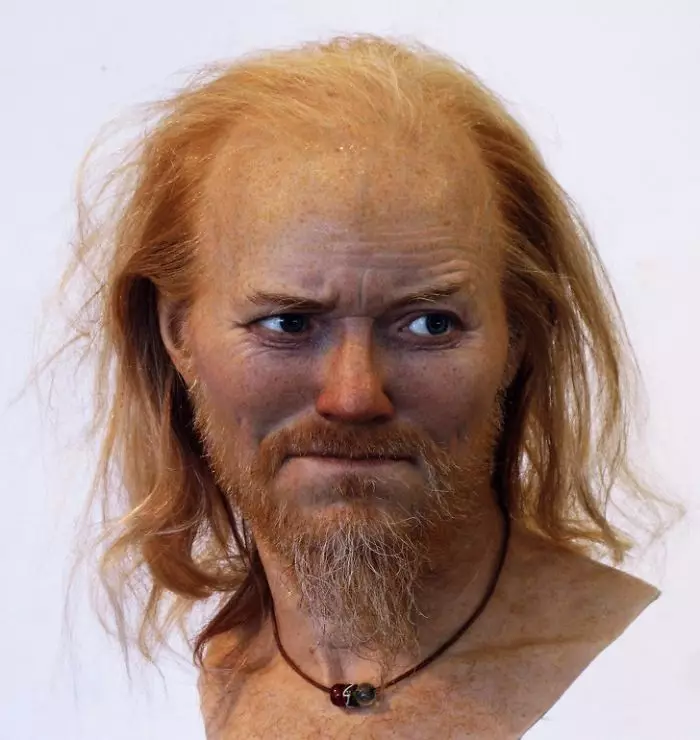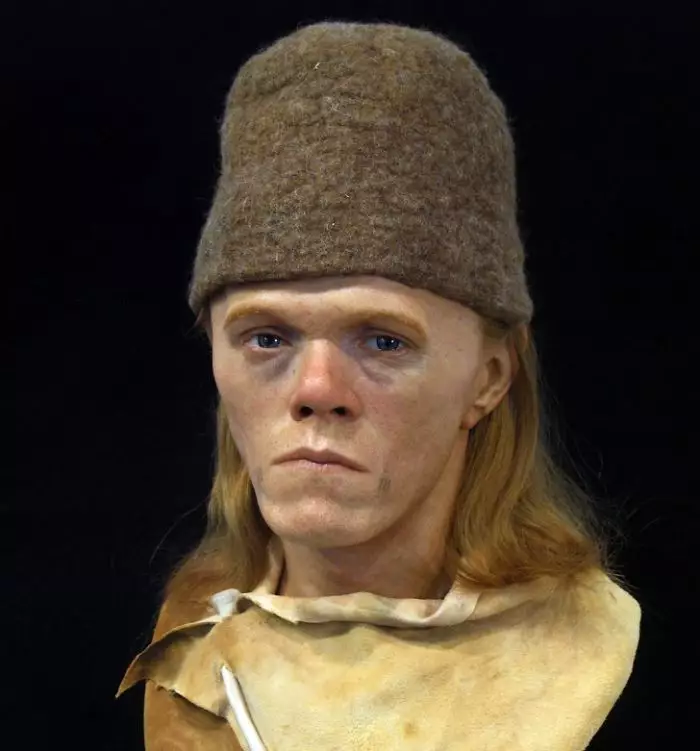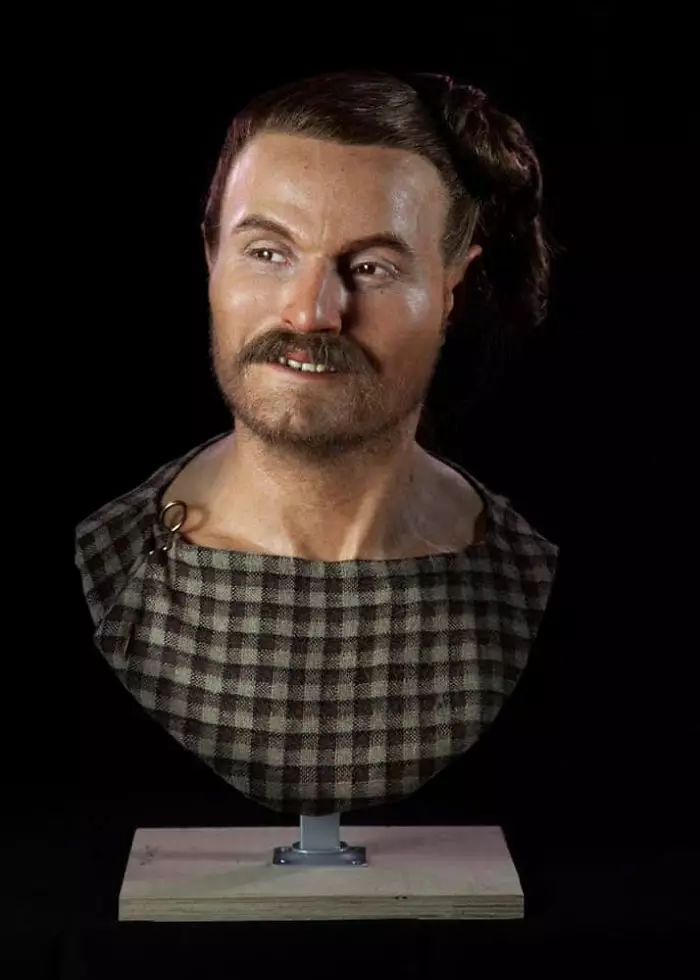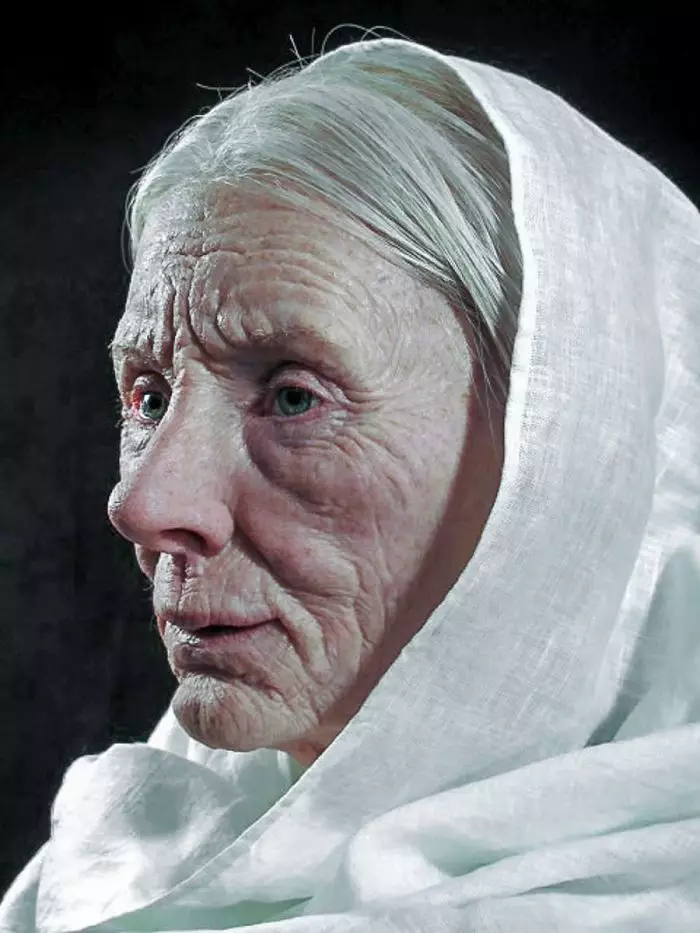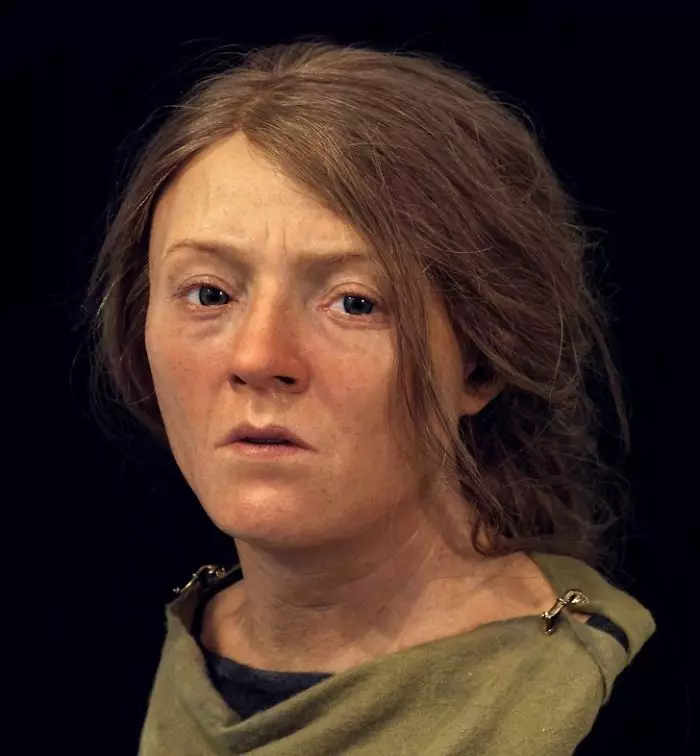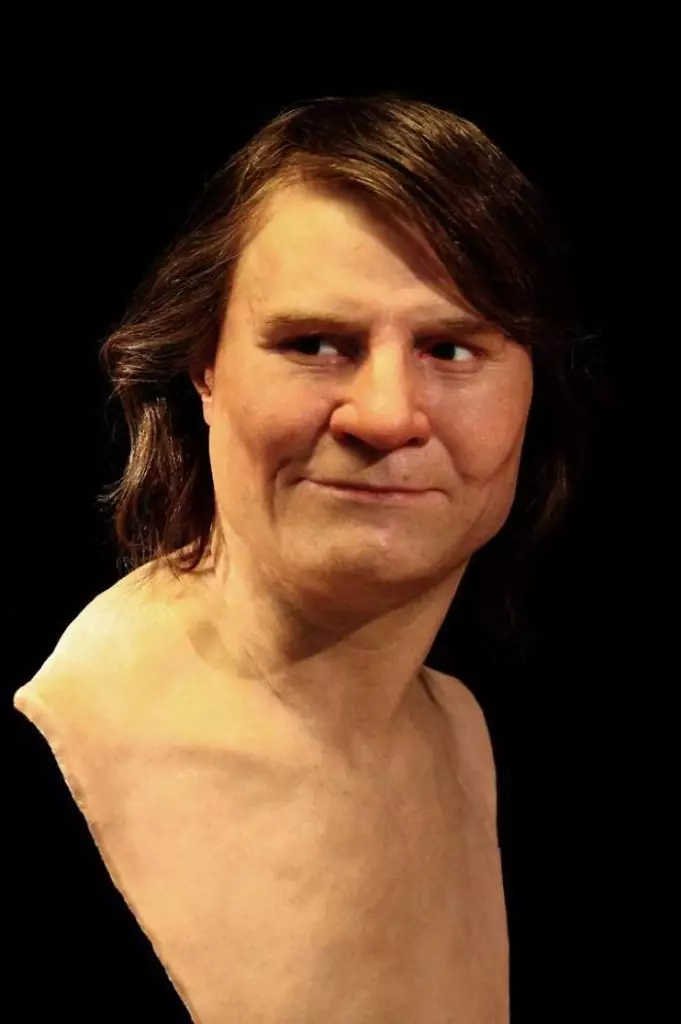How The People Who Existed Thousands of Years Before Us Really Looked? (10 Photos)
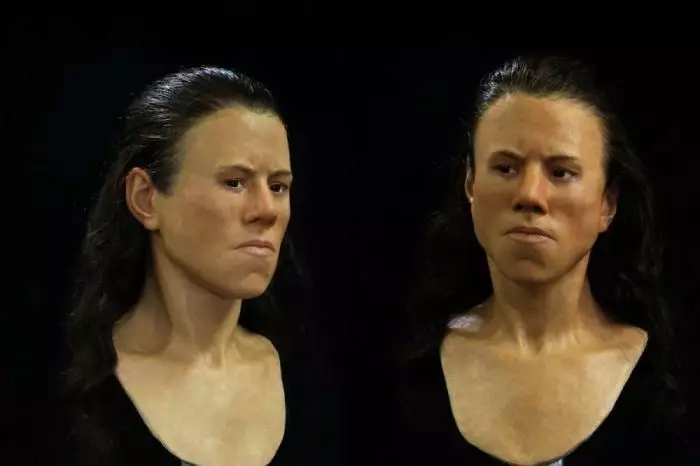
Blkjhgac!nsaf3
Oscar Nilsson, a Swedish archaeologist and sculptor specializing in the reconstruction of human faces, spent a number of hours reconstructing faces of people living hundreds of years before us. Nilsson uses 3D-printed skulls of his ‘muses’ to preserve the original skeletal excavations, but the rest of the facial features are sculpted by hand.
In 1996, he opened a company called O.D. Nilssons. The company collaborates with museums around the world, helping them restore the faces of people whose graves were discovered during archaeological excavations. Here will be shown the faces of people who lived thousands of years before us.
Huarmey Queen
In 2012, in the north-west of Peru, a tomb was discovered during excavations by a Polish archeological group. The burial relating to the Indian culture of Wari (later the Empire of the Incas). In the tomb were found the remains of 58 noblewomen of different ages, buried with extraordinary luxuries.
One woman, in particular, nicknamed Huarmey Queen, was buried more extravagantly than others. She was laid to rest with lots of jewelry, and other luxuries, including gold ear flares, a silver goblet, a copper ceremonial ax and, among other things, expensive textiles. After careful examination, it was revealed that while Huarmey Queen spent most of her time sitting, she put her upper body to great use – weaving.
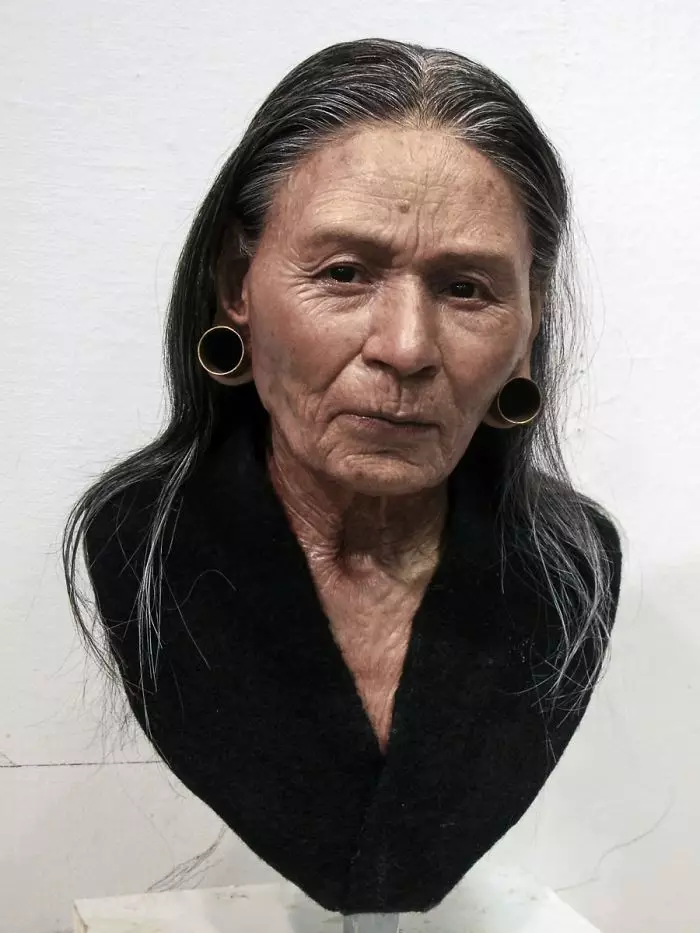
A Young Woman Who Lived In The Stone Age About 5500 Years Ago
This girl died at the age of 20. She was buried with a baby on her chest. Her death was was most likely caused by difficult childbirth. From other discovered graves from that period, it can be said that the people who lived in Brighton (United Kingdom) were not white. Their skin color was similar to that of modern people from North Africa.
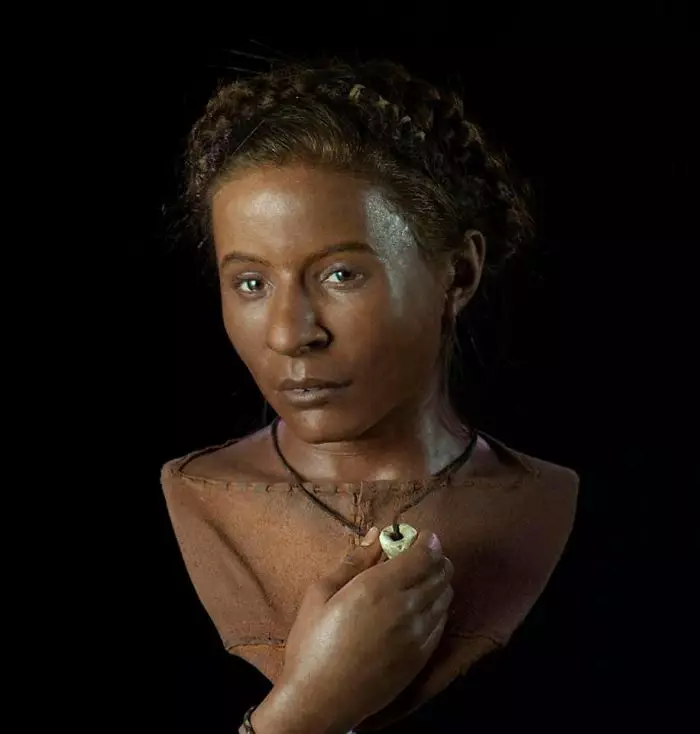
Neanderthal Woman
This lady lived about 45-50,000 years ago. Her remains were discovered during excavations in 1848 in Gibraltar. On his Facebook, archaeologist Oscar Nilsson said: “Finally a few words on something I thought of and struggled with, as I saw this Neanderthal face take shape. How “human” should this face appear? They were not Homo Sapiens after all. I came to the conclusion that she must have a human glimpse in her eyes. As recent research shows, Europeans share around 2-4 % DNA with neanderthals. So they must have been so much alike us, otherwise, the offspring would not have been fertile.
This Is The Face Of A Teenager Who Lived 9,000 Years Ago
7000 years before Christ, Avgi was an 18-year-old girl. She lived where modern Greece is today, and witnessed the historic moment when societies began trade hunting for technological inventions, kicking off the agricultural revolution.
Viking
The man, who allegedly was a Swedish Viking, lived at the beginning of the XI century. For the first time for the reconstruction of the Viking image, it was possible to collect the necessary amount of DNA to recreate the skin, hair, eyes. The man had red hair, blue eyes, and fair skin. He died at the age of 45.
A Man Who Lived About 3,700 Years Ago In The Bronze Age
The skeleton of this person showed evidence of malnutrition and iron deficiency anemia. The man died when he was about 25–35 years old.
A Man Who Lived In The Iron Age In Britain
His bones indicate that he lived about 2,400 years ago, and he lived well. The man was strong, well-built and healthy, but, like many people of that time, died quite early – at the age of 24–31 years. This person had pleasant features and a unique tooth structure – diastema. And his folded hair has a resemblance to the hairstyle of Germanic tribes called “Swabian knot”.
Estrid Sigfastsdotter
It is assumed that this is Estrid Sigfastdotter, who lived in the XI century AD. She was an influential and rich woman who lived near Stockholm, in Taby. A series of runestones found in the burial site tells about her life and family. She lived a very long life for those times – about 80 years. This is despite the fact that in the Viking Age, life expectancy was only 35 years.
Woman Of Romano-British Descent
Her remains indicate that she lived a difficult life, engaged in heavy physical labor. She died at about the age of 25–35. During the excavation, nails were found near the body, which can symbolize various superstitions. For example, there is information about other dead of that period, in the graves of which nails were also found – along the perimeter and in the center. Probably, people believed that in this way, they would not allow the spirits of the dead to persecute them.
The Medieval Middle-Aged Man From Sweden
Finally, the reconstruction of the medieval middle-aged man from the middle of Sweden is finished. Although now it turns out he may not be that medieval after all. C14-results indicates that he is from somewhere during the period of 1470-1630. However, analysis of his skeleton shows that he suffered from so-called os acromiale, a defect in the bones of the shoulder with a clear connection to heavy use of longbow-shooting! So, maybe it is possible to narrow the time span to 1470-1540, as longbows gradually fell out of fashion to use during the mid 16th century.” – says the archeologist.


